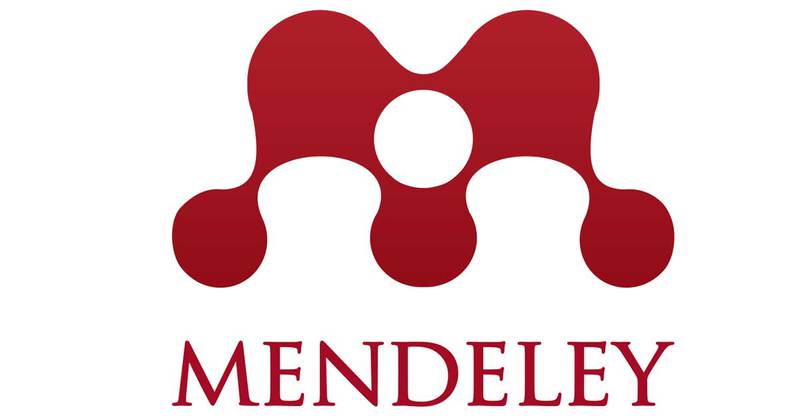Legal Protection for Children and Women against Violence in the Perspective of Pancasila
DOI:
https://doi.org/10.22219/jpa.v6i2.25219Keywords:
Pancasila, children and women, violenceAbstract
There's been a lot of violence against children and women lately. Starting from physical or verbal violence, resulting in many victims falling, some were injured, experienced severe trauma, and some died. The purpose of making this article is to find out what factors lead to violence against children and women, and the impact of this violence and solutions for handling this violence based on the perspective of Pancasila. Pancasila has 5 precepts, and each precept contains values that can be applied to everyday life. Violence against children is a violation of the second precept because the precepts are based on justice and accompanied by proper and polite manners in accordance with the norms in Islamic law, while violence against children and women is a violation of the second Pancasila precept because, a child and women should get compassion and justice instead of suffering and violence.
Downloads
References
-29-1-PB. (n.d.).
-2181-1-PB. (n.d.).
Andersen, H. C., Rauber, F., Grindel, Jacques., Clément, F., Piat, J., Rauber, F., Orchestre philharmonique de Paris (Orchestre de musique de film), Magnard (Paris), & Dilisco. (1992). La Bergère et le ramoneur. Magnard (Paris).
Dirk Pasalbessy, J. (2010). DAMPAK TINDAK KEKERASAN TERHADAP PEREMPUAN DAN ANAK SERTA SOLUSINYA. In Dampak Tindak Kekerasan…………………. Jurnal Sasi (Vol. 16, Issue 3).
Erwany, L., Muhammad Akbar, ) |, Khairil Fahmi, ) |, Damanik, J., & Afiliasi, ). (2022). Kekerasan Terhadap Perempuan Dalam Perspektif Hukum Dan Sosiokultural. Japsi Kontribusi Jurnal Pengabdian Masyarakat, 02(02). https://doi.org/10.47709/japsi.v1i1.xxx
Fitriani, W. (n.d.). FAKTOR-FAKTOR PENYEBAB ORANG TUA MELAKUKAN KEKERASAN VERBAL PADA ANAK USIA DINI.
Nahar, A., Nisa, I., & Asfiya, M. (n.d.). PENANGANAN KEKERASAN SEKSUAL TERHADAP ANAK: PERSPEKTIF PENDIDIKAN PANCASILA SEXUAL VIOLENCE AGAINST CHILDREN: PERSPECTIVE OF PANCASILA EDUCATION (Vol. 2022, Issue 1). http://stikesyahoedsmg.ac.id/ojs/index.php/jsl
Nurhayati, B. R. (2015). HAK KEPERDATAAN ANAK LUAR KAWIN DALAM PERSPEKTIF ILMU HUKUM BERPARADIGMA PANCASILA. 1(2).
Pengabdian dan Penelitian Kepada Masyarakat, J., Alimi, R., & Nurwati, N. (n.d.). FAKTOR PENYEBAB TERJADINYA KEKERASAN DALAM RUMAH TANGGA TERHADAP PEREMPUAN.
S, L. A. (2018). Perlindungan Hukum Bagi Anak dalam Perspektif Pancasila dan Bela Negara. UNIFIKASI : Jurnal Ilmu Hukum, 5(1), 58. https://doi.org/10.25134/unifikasi.v5i1.754
Downloads
Published
How to Cite
Issue
Section
License
Copyright (c) 2023 Khansa Ananda Dewi Wahyudi, Siti Maizul Habibah

This work is licensed under a Creative Commons Attribution-ShareAlike 4.0 International License.
Authors who publish with Jurnal Perempuan dan Anak (JPA) agree to the following terms:
- For all articles published in Jurnal Perempuan dan Anak (JPA), copyright is retained by the authors. Authors give permission to the publisher to announce the work with conditions. When the manuscript is accepted for publication, the authors agree to automatic transfer of the publishing right to the publisher.
- Authors retain copyright and grant the journal right of first publication with the work simultaneously licensed under a Creative Commons Attribution-ShareAlike 4.0 International License that allows others to share the work with an acknowledgment of the work's authorship and initial publication in this journal.
- Authors are able to enter into separate, additional contractual arrangements for the non-exclusive distribution of the journal's published version of the work (e.g., post it to an institutional repository or publish it in a book), with an acknowledgment of its initial publication in this journal.
- Authors are permitted and encouraged to post their work online (e.g., in institutional repositories or on their website) prior to and during the submission process, as it can lead to productive exchanges, as well as earlier and greater citation of published wor (See The Effect of Open Access).
This work is licensed under a Creative Commons Attribution-ShareAlike 4.0 International License







